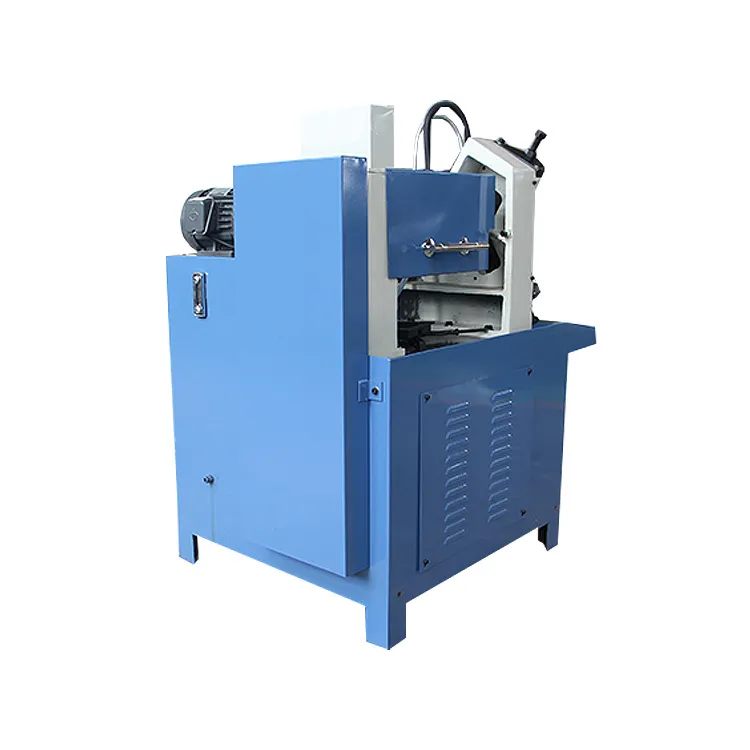
-
 Afrikaans
Afrikaans -
 Albanian
Albanian -
 Amharic
Amharic -
 Arabic
Arabic -
 Armenian
Armenian -
 Azerbaijani
Azerbaijani -
 Basque
Basque -
 Belarusian
Belarusian -
 Bengali
Bengali -
 Bosnian
Bosnian -
 Bulgarian
Bulgarian -
 Catalan
Catalan -
 Cebuano
Cebuano -
 Corsican
Corsican -
 Croatian
Croatian -
 Czech
Czech -
 Danish
Danish -
 Dutch
Dutch -
 English
English -
 Esperanto
Esperanto -
 Estonian
Estonian -
 Finnish
Finnish -
 French
French -
 Frisian
Frisian -
 Galician
Galician -
 Georgian
Georgian -
 German
German -
 Greek
Greek -
 Gujarati
Gujarati -
 Haitian Creole
Haitian Creole -
 hausa
hausa -
 hawaiian
hawaiian -
 Hebrew
Hebrew -
 Hindi
Hindi -
 Miao
Miao -
 Hungarian
Hungarian -
 Icelandic
Icelandic -
 igbo
igbo -
 Indonesian
Indonesian -
 irish
irish -
 Italian
Italian -
 Japanese
Japanese -
 Javanese
Javanese -
 Kannada
Kannada -
 kazakh
kazakh -
 Khmer
Khmer -
 Rwandese
Rwandese -
 Korean
Korean -
 Kurdish
Kurdish -
 Kyrgyz
Kyrgyz -
 Lao
Lao -
 Latin
Latin -
 Latvian
Latvian -
 Lithuanian
Lithuanian -
 Luxembourgish
Luxembourgish -
 Macedonian
Macedonian -
 Malgashi
Malgashi -
 Malay
Malay -
 Malayalam
Malayalam -
 Maltese
Maltese -
 Maori
Maori -
 Marathi
Marathi -
 Mongolian
Mongolian -
 Myanmar
Myanmar -
 Nepali
Nepali -
 Norwegian
Norwegian -
 Norwegian
Norwegian -
 Occitan
Occitan -
 Pashto
Pashto -
 Persian
Persian -
 Polish
Polish -
 Portuguese
Portuguese -
 Punjabi
Punjabi -
 Romanian
Romanian -
 Russian
Russian -
 Samoan
Samoan -
 Scottish Gaelic
Scottish Gaelic -
 Serbian
Serbian -
 Sesotho
Sesotho -
 Shona
Shona -
 Sindhi
Sindhi -
 Sinhala
Sinhala -
 Slovak
Slovak -
 Slovenian
Slovenian -
 Somali
Somali -
 Spanish
Spanish -
 Sundanese
Sundanese -
 Swahili
Swahili -
 Swedish
Swedish -
 Tagalog
Tagalog -
 Tajik
Tajik -
 Tamil
Tamil -
 Tatar
Tatar -
 Telugu
Telugu -
 Thai
Thai -
 Turkish
Turkish -
 Turkmen
Turkmen -
 Ukrainian
Ukrainian -
 Urdu
Urdu -
 Uighur
Uighur -
 Uzbek
Uzbek -
 Vietnamese
Vietnamese -
 Welsh
Welsh -
 Bantu
Bantu -
 Yiddish
Yiddish -
 Yoruba
Yoruba -
 Zulu
Zulu
Exploring Various Thread Rolling Techniques Used in China Industry
Understanding the Types of Thread Rolling in China
Thread rolling is a crucial manufacturing process that has gained significant attention in various industries, particularly in the production of fasteners and mechanical components. In China, thread rolling has evolved into a sophisticated industry, owing to the country’s robust manufacturing capabilities and the increasing demand for high-precision components. This article explores the different types of thread rolling used in China and their applications, highlighting the advantages and characteristics of each method.
What is Thread Rolling?
Thread rolling is a cold-forming process used to create threads on cylindrical materials, primarily metal. It involves the use of dies to deform the material, forming threads without removing any material. This process is known for producing strong, precise, and high-quality threads, making it preferable over traditional cutting methods.
Types of Thread Rolling Processes
1. Flat Die Thread Rolling The flat die method is one of the most prevalent types of thread rolling utilized in China. In this process, the workpiece is fed between two flat dies that have the negative shape of the desired thread profile. As the dies rotate, they press against the material, pushing it to form the threads. This method is particularly effective for producing simple, uniform threads with high dimensional accuracy. The flat die method is widely used for manufacturing bolts, screws, and other fasteners.
2. Circular Die Thread Rolling
This type of thread rolling employs two or more rotating circular dies. The workpiece rotates between these dies, which are shaped to create the desired thread profile. Circular die rolling is especially advantageous for processing longer components and those requiring intricate thread designs. It is commonly employed in industries such as automotive and aerospace, where high-strength threaded component parts are essential for safety and performance.
Combined thread rolling utilises both flat and circular die methods to achieve complex thread profiles. This technique is particularly beneficial for producing components with varying thread sizes or features within a single operation. The combined approach enhances productivity while maintaining precision, making it suitable for applications in telecommunication and electronics where varied threaded components are needed.
china types of thread rolling

4. Multi-Start Thread Rolling
Multi-start threads involve rolling multiple threads simultaneously on a single workpiece. This technique is beneficial when a greater load-bearing capacity is needed but in a compact design. Multi-start thread rolling is commonly used in manufacturing lead screws, ball screws, and other applications where high precision and performance are critical.
Advantages of Thread Rolling
Thread rolling offers several advantages that make it a preferred method in manufacturing
- High Strength The cold forming process increases the strength of the material, making rolled threads more robust than those made by cutting. - Material Efficiency Since thread rolling is a non-cutting process, it generates less waste, allowing for better material utilization. - Dimensional Accuracy Thread rolling produces highly precise threads, which are essential in applications where fit and functionality are paramount.
- Improved Surface Finish The rolling process enhances the surface finish of the threads, reducing the need for subsequent machining or finishing operations.
Applications in Industry
In China, thread rolling is extensively used across various sectors, including automotive, aerospace, electronics, and construction. Fasteners produced through thread rolling are critical components in assembly lines, ensuring safety and operational efficiency. The ability to customize thread profiles through the different rolling methods allows manufacturers to meet specific industry requirements, contributing to the overall advancement of manufacturing technology in the region.
Conclusion
As China continues to lead in manufacturing innovations, thread rolling remains a vital manufacturing process for producing high-quality components. The diverse types of thread rolling, including flat die, circular die, combined, and multi-start methods, cater to a range of industrial needs. With advantages such as enhanced strength, material efficiency, and precision, thread rolling is a key player in sustaining China's manufacturing prowess and meeting the demands of a competitive global market.
